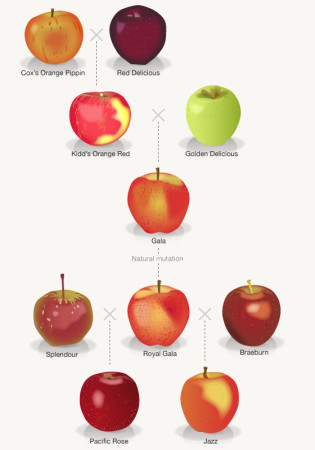I find the whole debate about Golden Rice pretty boring. Not because I don’t think the subject — GR in and of itself, and as a symbol of something bigger — is important. Rather, because I think it’s very important to have a debate, but the way this is being conducted at the moment is just not likely, it seems to me, to lead to anything more than the further entrenchment of fixed positions.
For example, if you want a good encapsulation of (one side of) the wider argument, you could do a lot worse than this, from Richard Manning in Mother Earth News:
…the industrial ag folks and the Green Revolutionaries challenge us: “Yeah. Diversity is nice, but can sustainable agriculture feed the world’s population?” And then they rig the game by defining “feed” in just the same way they define agriculture — a narrow, linear process of input, throughput, output, yield per acre, calories per bushel, calories per person.
Now that’s hip and engaging, and makes its point in accessible, pithy fashion; but look at the tone — that disdainful “yeah” — and the loaded words used — words like “rig.” A couple of days ago, even before I’d seen this article, I was sort of indirectly accused on Twitter of not caring if children go blind from Vitamin A deficiency, because I had said that the debate — if it can even be called that — had become sterile: it’s not so sterile if you have VAD, was the counter. Right. That’s the reductio ad absurdum of the sort of the tone and language of the Manning article.
So it’s very welcome to see that Michael Pollan and Pamela Ronald, poster children for the two sides of the argument, have recently engaged in what has been described as a “respectful dialogue.” Hopefully more details will emerge, and a precedent will have been set, and we can move on from the boring — there’s really no other word for it — spectacle of people talking past each other.
LATER: And here it is, all two hours of it.

